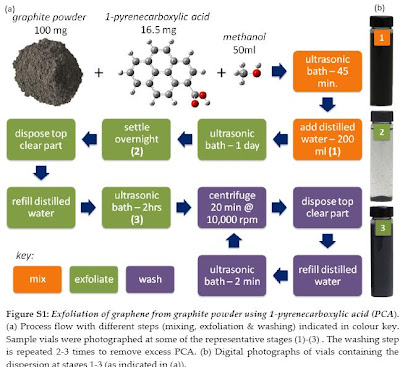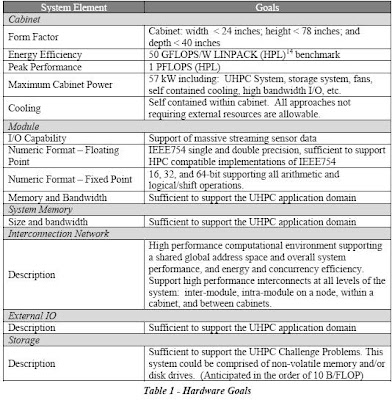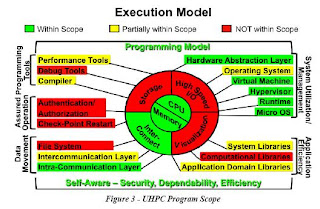Liquid Method: Pure Graphene ProductionScienceDaily (June 1, 2010) — In a development that could lead to novel carbon composites and touch-screen displays, researchers from Rice University and the Technion-Israel Institute of Technology today unveiled a new method for producing bulk quantities of one-atom-thick sheets of carbon called graphene. The research is available online in the journal Nature Nanotechnology.
When stacked together, graphene sheets make graphite, which has been commonly used as pencil lead for hundreds of years. It wasn't until 2004 that stand-alone sheets of graphene were first characterized with modern nanotechnological instruments. Since then, graphene has come under intense scrutiny from materials scientists, in part because it is both ultrastrong and highly conductive.
"There are high-throughput methods for making graphene oxide, which is not as conductive as graphene, and there are low-throughput methods for making pure graphene," said lead co-author Matteo Pasquali, professor of chemical and biomolecular engineering and chemistry at Rice. "Our method yields very pure material, and it is based on bulk fluid-processing techniques that have long been used by the chemical industry."
Pasquali said the research team found it could dissolve graphite in chlorosulphonic acid, a common industrial solvent. The researchers had to devise new methods to measure the aggregation of the dissolved graphene flakes, but at the end the team was pleasantly surprised to find that the individual graphene layers in the graphite peeled apart spontaneously. The team was able to dissolve as much as two grams of graphene per liter of acid to produce solutions at least 10 times more concentrated than existing methods.
The researchers took advantage of novel cryogenic techniques for electron microscopy that allowed them to directly image the graphene sheets in the chlorosulfonic acid.
"We applied new methods that we had developed to directly image carbon nanotubes in acid," said co-author Yeshayahu "Ishi" Talmon, professor of chemical engineering at the Technion-Israel Institute of Technology. "This was no small feat considering the nature of the acid and the difficulty of specimen preparation and imaging."
Using the concentrated solutions of dissolved graphene, the scientists made transparent films that were electrically conductive. Such films could be useful in making touch screens that are less expensive than those used in today's smart phones. In addition, the researchers also produced liquid crystals.
"If you can make liquid crystals, you can spin fibers," said study co-author James Tour, Rice's T.T. and W.F. Chao Professor of Chemistry. "In liquid crystals, the individual sheets align themselves into domains, and having some measure of alignment allows you to flow the material through narrow openings to create fibers."
If the method proves useful for making graphene fibers in bulk, it could drive down the cost of the ultrastrong carbon composites used in the aerospace, automotive and construction industries.
The research was funded by the Air Force Office of Scientific Research, the Department of Energy, the Air Force Research Laboratory, the Welch Foundation, the U.S. Army Corps of Engineers and the USA-Israel Binational Science Foundation. Co-authors include Natnael Behabtu, Jay Lomeda, Micah Green, Amanda Higgenbotham, Alexander Sinitskii, Dmitry Kosynkin, Dmitri Tsentalovich and Nicholas Parra-Vasquez, all of Rice's Smalley Institute for Nanoscale Science and Technology; and Judith Schmidt, Ellina Kesselman and Yachin Cohen, all of the Technion-Israel Institute of Technology.
it's interesting most of the guys there have a female character!




















































